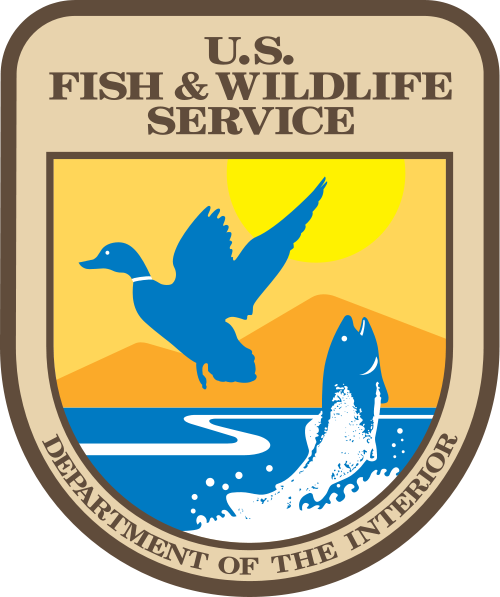A Vision for Effective and Streamlined Reporting in the Pacific
The 2010 Pacific Forum Leaders’ and Forum Economic Ministers’ directive on reporting acknowledged the need to streamline global, regional, and national reporting to reduce the reporting burden at the national level in the Pacific. For the environment sector, member countries of the Secretariat of the Pacific Regional Environment Programme (SPREP) endorsed a plan for the establishment of a regional state of environment framework by 2012 and streamlined reporting by 2015.
Turtles
Various Resources on Sea Turtles
Indian Ocean Southeast Asia Marine Turtle Memorandum of Understanding







